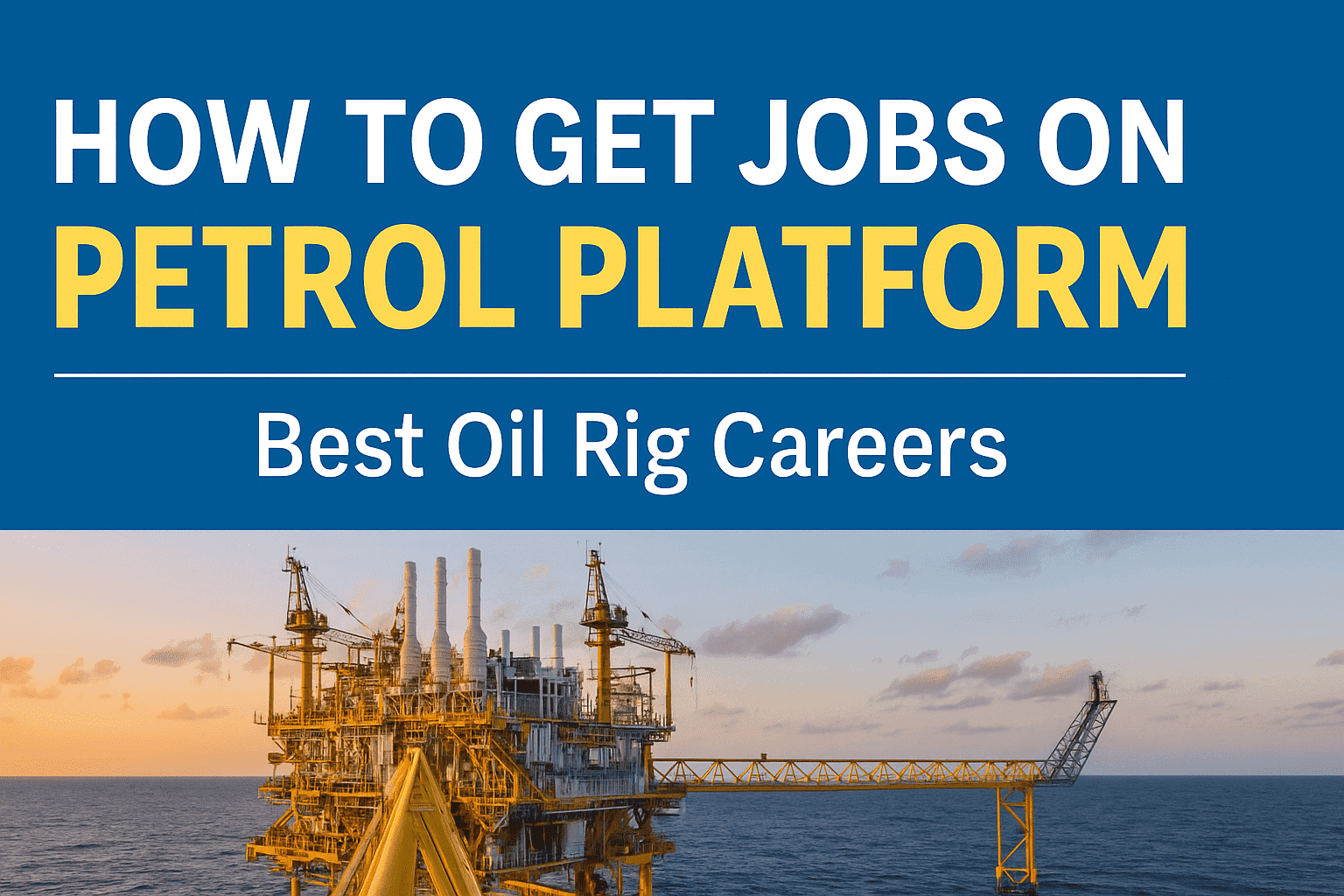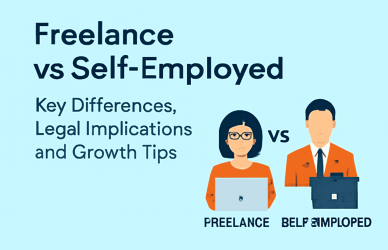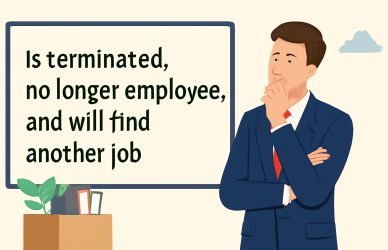Why “Petrol Platform” Jobs Are Different (and Worth It)
Looking for jobs on petrol platform? You’re not alone. Offshore oil rigs are known for offering great pay, steady schedules, and the chance to build a career that’s different from a normal 9–5 job. The good news is that you don’t always need years of experience to get started. With the right training and approach, you can land an entry-level role and work your way up to some of the highest-paid jobs in the industry.
In this guide, we’ll explain step by step “how to get jobs on petrol platform”, the qualifications you’ll need, and which positions offer the best pay and career growth.
Step-by-Step Roadmap to Get Jobs on Petrol Platform
1) Pick a Pathway
Common entry and career routes include:
- Deck and drilling operations: Roustabout → Roughneck/Floorhand → Derrickman → Assistant Driller → Driller.
- Maintenance trades: Mechanical, electrical, instrumentation, hydraulics.
- Marine and logistics: Rigger, banksman/slinger, crane operator.
- HSE and medical: Safety officer/technician, offshore medic.
- Catering and support: Steward, cook, a frequent first step for beginners.
2) Get the Right Safety Certifications
- BOSIET (Basic Offshore Safety Induction and Emergency Training) with Emergency Breathing System.
- HUET (Helicopter Underwater Escape Training) is usually bundled with BOSIET.
- FOET (Further Offshore Emergency Training) refresher after a few years.
3) Complete Medical and ID Requirements
Most operators require a valid offshore medical certificate, a valid passport, and region-specific documentation (such as visas or transport security cards in some countries).
4) Build Transferable Skills
Employers value experience in trades like welding, fitting, electrical, scaffolding, or safety roles. Even land-based experience in heavy industry can strengthen your CV.
5) Target the Right Employers and Job Boards
Create profiles on major job portals that specialize in offshore roles and set alerts for “roustabout,” “floorhand,” and “oil rig entry-level.”
6) Apply With a Rig-Specific CV
Highlight:
- Certifications and expiry dates
- Industrial skills (maintenance, safety, rigging, mechanical systems)
- Achievements with numbers (e.g., “maintained 20+ pumps under safety permit system”).
7) Be Flexible on Your First Role
Roles like roustabout or catering often act as stepping stones. Once you’re offshore and proven, opportunities to move into skilled trades or drilling roles increase.
The Best Jobs on a Petrol Platform
Entry-Level Roles
- Roustabout / Floorhand: Learn rigging, safety routines, and drilling support, and a classic first step.
- Steward/Cook: Entry-level position for those with hospitality backgrounds, helping you adjust to offshore schedules.
Skilled Trades
- Electrical and Instrumentation Technician: Handles vital equipment, in high demand worldwide.
- Mechanical/Hydraulic Technician: Maintains and repairs pumps, compressors, and other rotating machinery to ensure they operate efficiently.
Drilling and Production
- Derrickman → Assistant Driller → Driller: Career ladder with strong pay growth.
- Production Technician: Oversees process systems, permits, and shutdown/startup procedures.
Safety and Leadership
- HSE Officer/Technician: Ensures compliance with strict offshore safety culture.
- Offshore Installation Manager (OIM): The highest authority on a rig of one of the top-paying jobs.
Salary Breakdown: Jobs on the Petrol Platform
Here’s an average range of annual salaries (USD) for common offshore jobs. Keep in mind these vary by country, operator, and experience level:
Roustabout | $40,000 – $55,000 | $30,000 – $45,000 | $45,000 – $60,000 | $28,000 – $40,000 |
Floorhand / Roughneck | $50,000 – $70,000 | $35,000 – $55,000 | $55,000 – $75,000 | $35,000 – $50,000 |
Derrickman | $65,000 – $85,000 | $45,000 – $65,000 | $70,000 – $90,000 | $45,000 – $60,000 |
Electrician / E&I Tech | $70,000 – $95,000 | $50,000 – $75,000 | $75,000 – $100,000 | $50,000 – $70,000 |
Mechanic | $65,000 – $90,000 | $45,000 – $70,000 | $70,000 – $95,000 | $45,000 – $65,000 |
Driller | $85,000 – $110,000 | $60,000 – $85,000 | $95,000 – $120,000 | $60,000 – $80,000 |
HSE Officer | $80,000 – $100,000 | $55,000 – $75,000 | $85,000 – $110,000 | $55,000 – $70,000 |
Offshore Installation Manager (OIM) | $140,000 – $180,000+ | $100,000 – $140,000 | $150,000 – $200,000+ | $95,000 – $130,000 |
Career Progression: 10-Year Roadmap Offshore
Many workers start at the bottom but climb rapidly with training and proven performance. Here’s a typical timeline:
1–2 years: Entry Level
- Roles: Roustabout, Steward, Floorhand
- Focus: Safety awareness, rigging, housekeeping, basic operations.
3–5 years: Skilled Crew
- Roles: Roughneck, Derrickman, Mechanical/E&I /E&I Technician.
- Focus: Trade expertise, equipment maintenance, permit systems.
6–8 years: Mid-Senior Crew
- Roles: Assistant Driller, Production Technician, Senior Tech
- Focus: Supervising small teams, handling critical rig systems.
9–10+ years: Leadership Track
- Roles: Driller, Toolpusher, Offshore Installation Manager (OIM)
- Focus: Crew leadership, safety management, operational decision-making.
“With strong performance and the right certifications, it’s realistic to transition from a roustabout to a six-figure leadership role within a decade.”
Life on a Petrol Platform
- Rotational schedules: Weeks on/ weeks off (e.g., 14/14, 28/28).
- Safety culture: Toolbox talks, permit-to-work systems, stop-work authority.
- Challenging environment: Weather exposure, confined spaces, and long hours balanced by rest periods.
- Perks: Paid travel, free meals and accommodation, long stretches of leave between rotations.
Final Thoughts
Getting jobs on petrol platform is challenging but rewarding. With the right certifications, a safety-first mindset, and flexibility in entry-level roles, you can build a career that offers strong pay, growth opportunities, and unique life experiences.
If you’re serious about offshore work, start preparing your certifications, polish your CV for rig jobs, and apply consistently, and you might not be as far away from your first stay abroad as you think.
FAQs:
1. How much do workers on a petrol platform earn?
Entry-level workers (roustabouts, stewards) can earn $40,000–$55,000 annually, while technicians and drill crew often earn $60,000–$90,000. Senior leadership roles, such as Offshore Installation Managers, can earn $140,000–$200,000+.
Entry-level workers (roustabouts, stewards) can earn $40,000–$55,000 annually, while technicians and drill crew often earn $60,000–$90,000. Senior leadership roles, such as Offshore Installation Managers, can earn $140,000–$200,000+.
2. How can I get a job on an offshore petrol platform?
Start with entry-level roles such as roustabout or steward, obtain your BOSIET/HUET certificate and a valid offshore medical certificate, then apply through job boards and recruitment agencies specializing in the oil and gas industry.
Start with entry-level roles such as roustabout or steward, obtain your BOSIET/HUET certificate and a valid offshore medical certificate, then apply through job boards and recruitment agencies specializing in the oil and gas industry.
3. What is the highest-paid job on an oil rig?
The Offshore Installation Manager (OIM) is typically the top-paid role, followed by senior drilling supervisors and engineers.
The Offshore Installation Manager (OIM) is typically the top-paid role, followed by senior drilling supervisors and engineers.
4. What qualifications are needed to work on a petrol platform?
You’ll usually need an offshore medical certificate and OPITO-approved BOSIET/HUET training. Trade or technical certifications (such as mechanical, electrical, or instrumentation) can boost your chances for skilled roles.
You’ll usually need an offshore medical certificate and OPITO-approved BOSIET/HUET training. Trade or technical certifications (such as mechanical, electrical, or instrumentation) can boost your chances for skilled roles.






